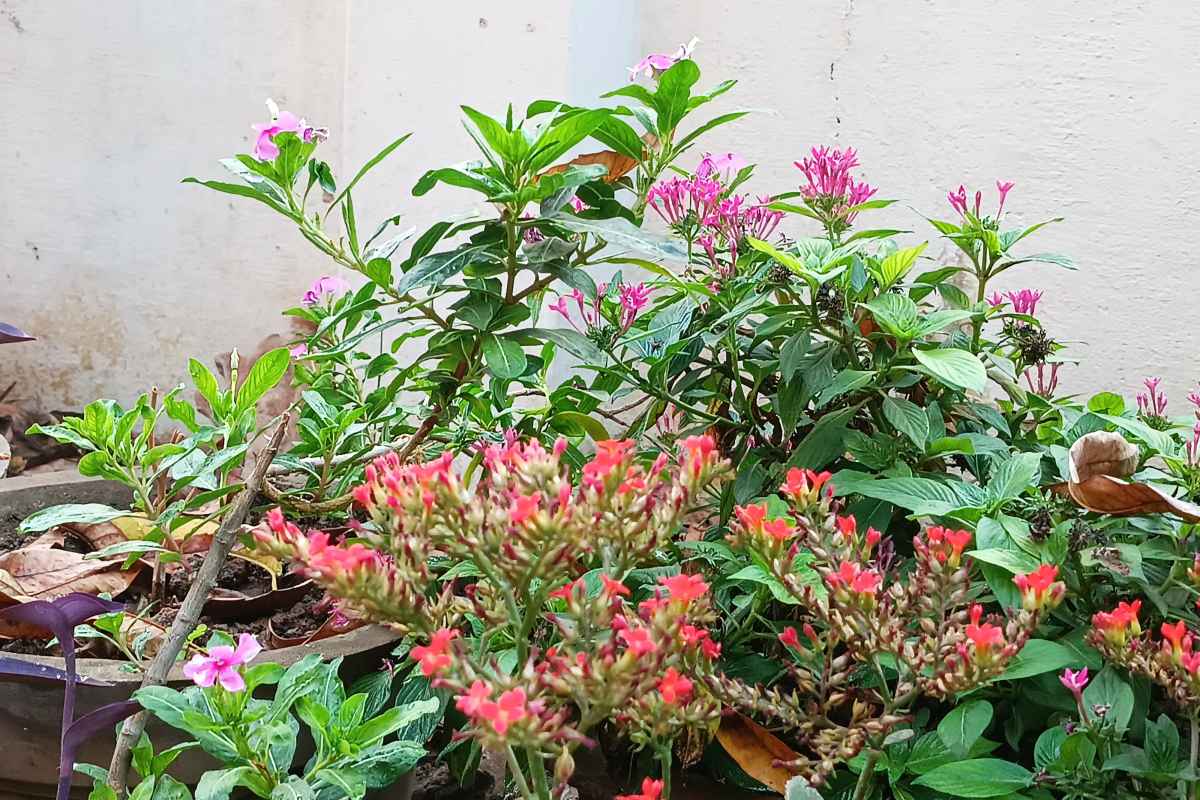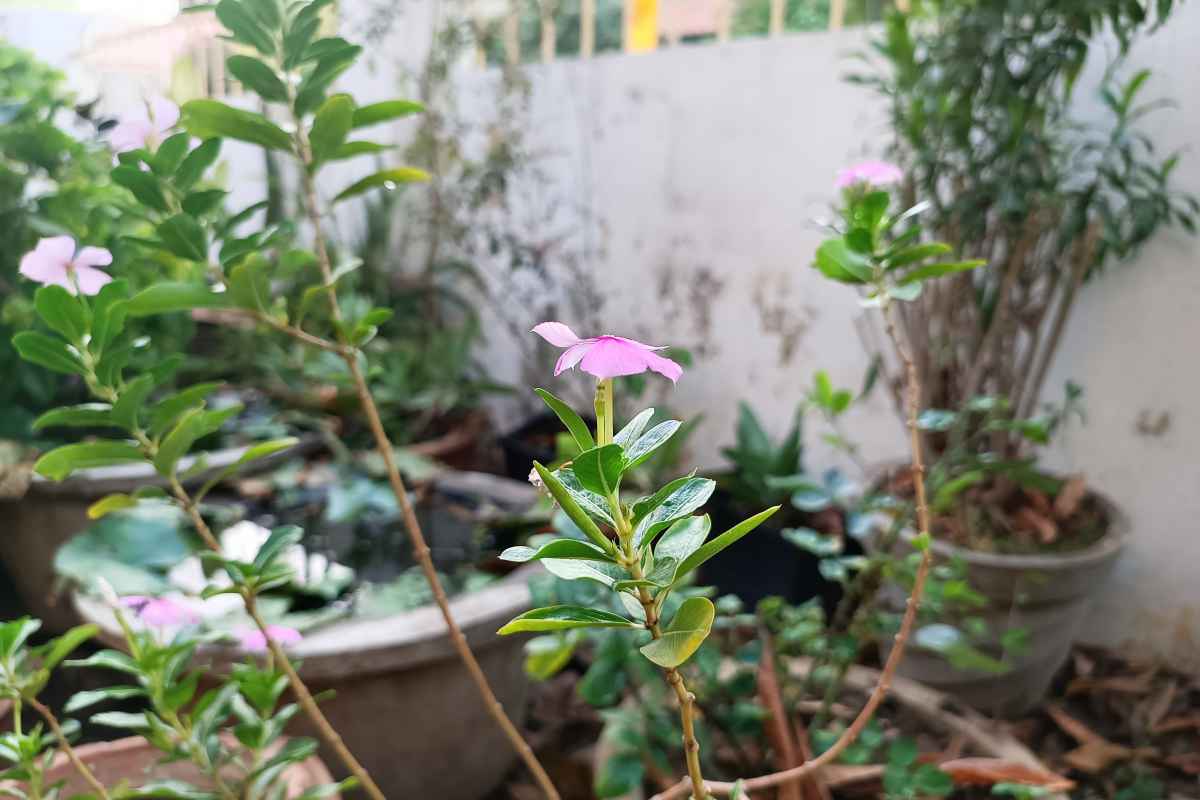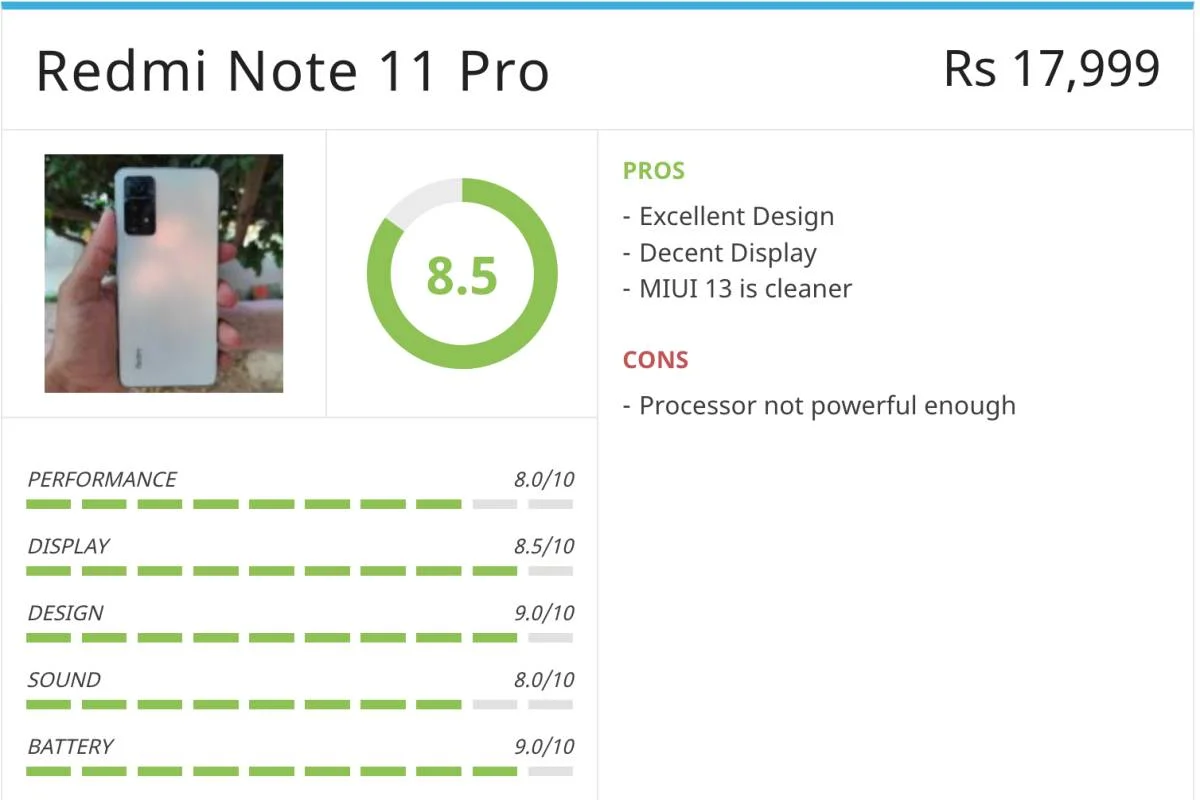
The Redmi Note 11 Pro was launched in India alongside the Redmi Note 11 Pro+ 5G. The Redmi Note 11 Pro is an affordable segment smartphone built for people looking to buy a value 4G device. Before we go ahead with the full review, note that I have used the device for a very short while, and my review is based on the limited experience I have had with the Redmi Note 11 Pro.
Redmi Note 11 Pro Review: Design and Body
Right off the bat, as soon as you take the smartphone out of the box and remove the plastic wrap, you will know that you are holding something premium. Its form factor and design are both too good. The Redmi Note 11 Pro that I have is the ‘Phantom White’ variant. It has a frosted glass back and is just super premium on touch and look.

The edges of the display and the back are pretty square and bold, which makes it a little like the iPhone 13. The corners are slightly round, and it is pretty easy to hold the device. Do note that I have slightly large fingers than people I usually hang out with, so while it might be comfortable for me, the device could be a little too big for you.

I would admit not everyone would be able to use it from a single hand. To solve that issue, MIUI 13 comes with a single-hand mode. Apart from that, you get a USB Type-C port at the bottom along with a stereo speaker and a SIM tray.

The power button and the volume rockers are on the right side. The power button also acts as a fingerprint scanner. There’s a 3.5mm audio jack on the top alongside another stereo speaker. Even though it is quite big in size, it is not heavy.

At the front, there’s a punch-hole cutout at the top center housing the selfie-camera sensor. At the back, there’s a very subtle Redmi branding, and the rear camera layout looks a lot like what’s there in the Xiaomi 11i 5G. There’s nothing on the left side of the device.
Enough about the design and body; let’s move on to the display of the device.
Redmi Note 11 Pro Review: Display and Sound

The Redmi Note 11 Pro comes with a 6.67-inch FHD+ AMOLED Dot display with support for 1200x1080 pixels resolution and up to 120Hz refresh rate. You can switch the display refresh rate settings between 60Hz and 120Hz. The maximum brightness that the display of the Redmi Note 11 Pro can touch is 1200nits, which is slightly impressive, to be honest.
You can watch anything in high quality on the device, and it will be a good experience for you. However, there’s one thing that’s a little unsettling for me. Even with 120Hz refresh rate activated, there were lags on display. It isn’t because of the software, I think, but because of the processor this device houses. But more on that later.

Audio is decent, with two speakers working at the same time trying to deliver sort of a surround sound experience. Max audio level isn’t quite what I expected, but it is ok since many of us don’t even hear anything without earphones nowadays.
There isn’t a lot to say about the Redmi Note 11 Pro’s display and sound than this. So let’s jump directly to its processor and performance.
Redmi Note 11 Pro Review (Chipset and Performance): Not the Most Stellar Performer at this Price Range

The device is just not what I expected it to be. The Redmi Note 11 Pro is powered by the MediaTek Helio G96, and it is a 4G smartphone. I don’t think the chipset is justifying the price of the device or its specifications.
While Helio G96 isn’t an old chip, it just doesn’t fit well with the Redmi Note 11 Pro. More than once, out of my limited experience with the device, its display lagged, and performance slowed down. Mind that I wasn’t even gaming here. Only one or two apps were open in the background, so no memory issues either. Still, the device slowed down.

I don’t think it's an issue with the MIUI 13 based on Android 11. But it is the processor that’s lagging here. I wouldn’t mind keeping this device in my pocket for this price, but there are smartphones in the same range or even lower price segment which offers a much better experience.
Again, MIUI 13 is clean, and I appreciate Xiaomi listening to its users and tweaking the software to make the custom skin more stock Android-like.
The Redmi Note 11 Pro packs a 5000mAh battery with support for 67W Turbo fast-charging. The charger comes inside the box, so you don’t have to worry about purchasing it separately.
Redmi Note 11 Pro Review: Camera Experience

The Redmi Note 11 Pro doesn’t over-achieve in the camera experience, but it isn’t too bad either. It can take some pretty good pictures, but not every time. I found the experience a little inconsistent with the camera. There were some amazing shots, but then there were some not so amazing ones too. Further, there’s no macro mode which is strange. However, clicking images at 2x mode will do the same job as the macro mode for you.
The Redmi Note 11 Pro comes with a 108MP wide primary camera at the rear paired with an 8MP ultra-wide-angle sensor, 2MP macro sensor, and a 2MP depth sensor. You can record videos in 720p 30fps and 1080p 30fps. For selfies, there’s a 16MP front sensor at the front. Check the camera samples attached below. (Note the camera samples are not of the original quality and have been compressed slightly for the website.)







Redmi Note 11 Pro Review: Price and Conclusion

The Redmi Note 11 Pro is available in three colours in India — Phantom White, Stealth Black, and Star Blue. There are two memory variants this device will sell in — a) 6GB+128GB for Rs 17,999 and b) 8GB+128GB for Rs 19,999. The device will go on the first sale from March 23, 12 PM, via the official website of Xiaomi, along with retail stores in the country.
In my overall experience of the smartphone, I think there are better alternatives to this smartphone available in the market. Devices such as Samsung Galaxy F23 5G, Redmi Note 11S, Realme 9 Pro and more could be a good choice.
However, if you still want to go for this one, you can! It isn’t bad, but in just some areas, the device is not clicking.
















